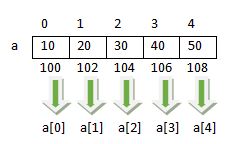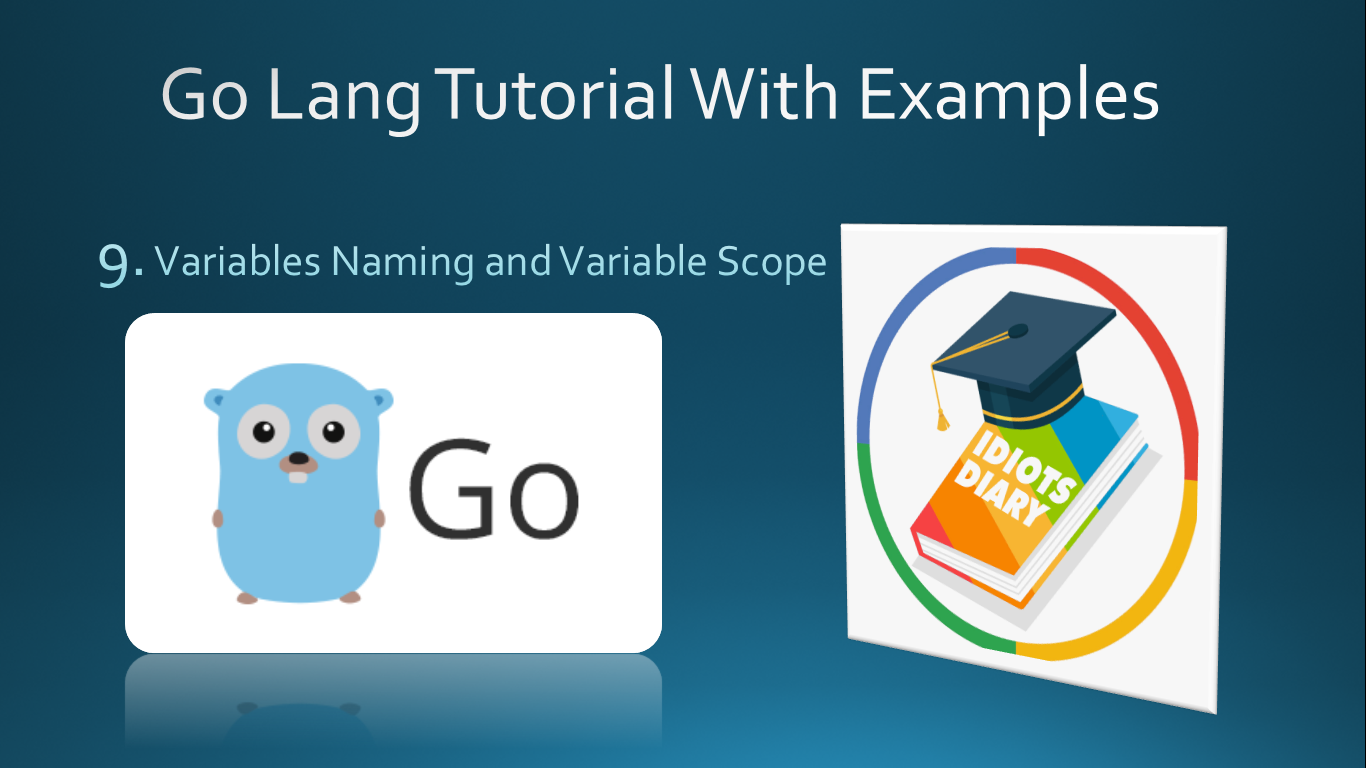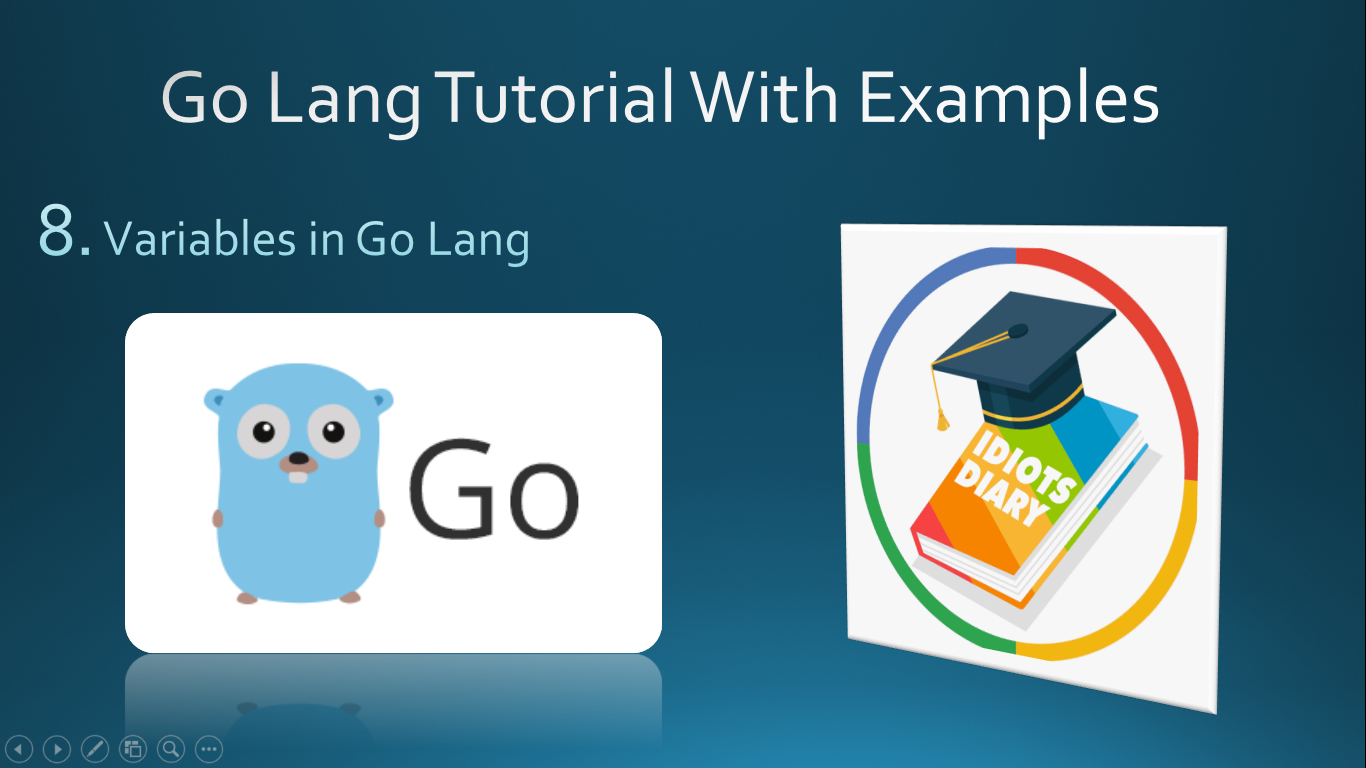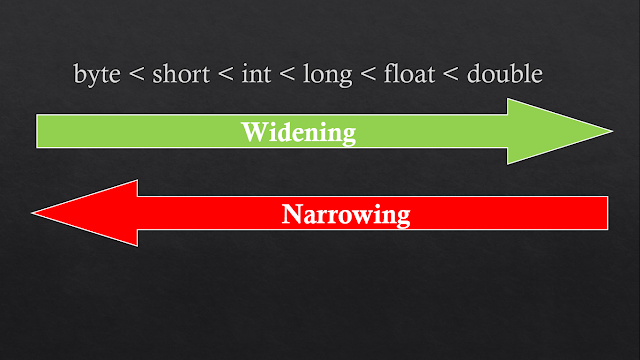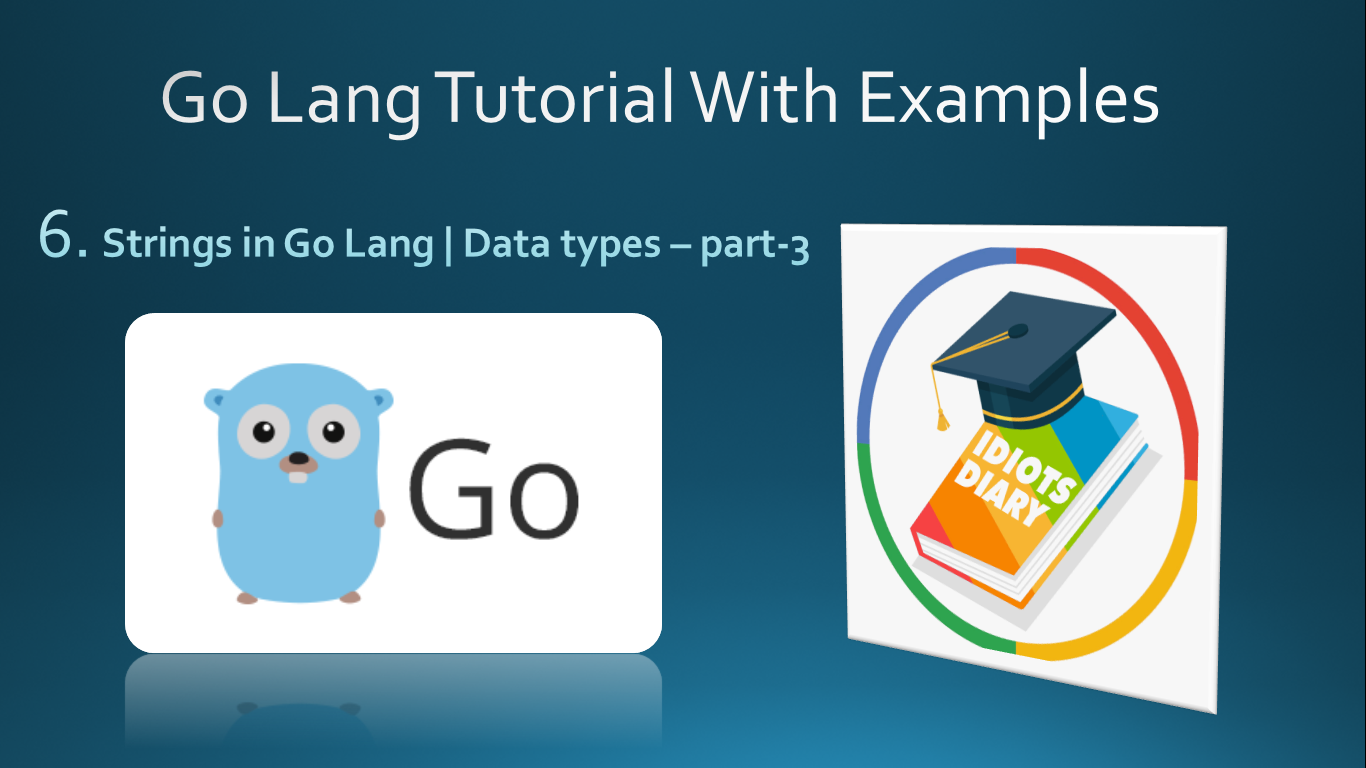Operators in C Language
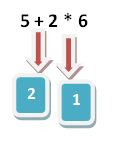
Observe the given expression y = x + 5. In the above given expression +, = are the operators and x, y, 5 are called operands / argument. Types of operator According to the required argument the operator can be classified into 3 categories: unary operator: require only one argument. example(-5) binary operator: require two argument. example(5+8) ternary operator: require 3 argument. example(?:) According to the purpose operator are again classified into 8 types: Arithmetic operator Unary operator Assignment operator Relational operator Logical operator Bitwise operator Conditional operator(ternary operator) Comma operator Arithmetic operator +,-,*,/,%(mod) are called the arithmetic operator. The +,-,* are same as you learn in mathematical Arithmetic. To more understand take an example. 5 + 3 * 4 In the above given expression, which operator should be evaluates first? As in mathematics you learn the rule of BODMAS,which tells first brackets should be ev...

